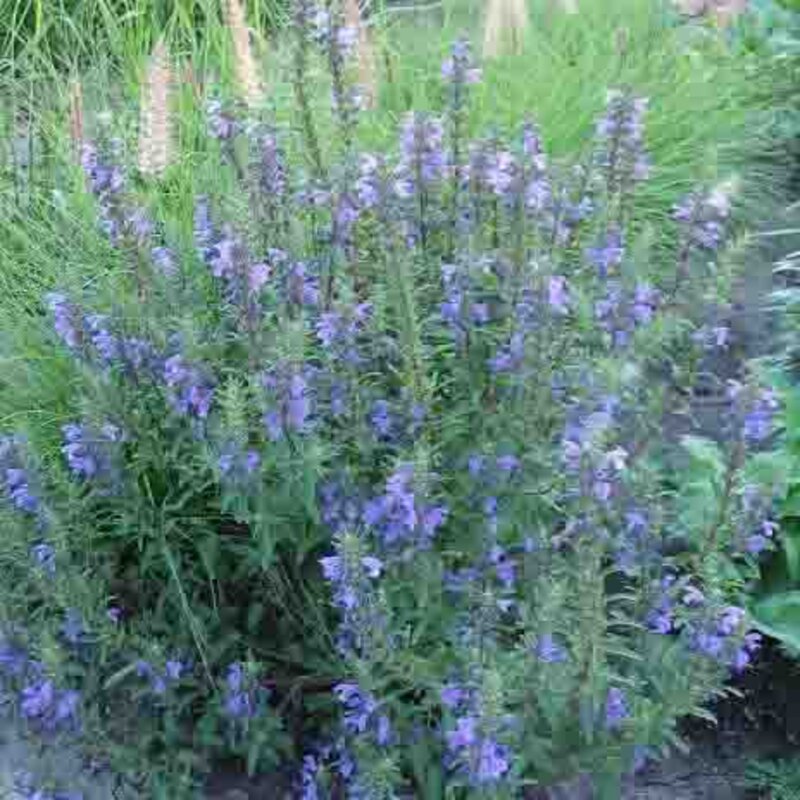Dracocephalum moldavicum
This medicinal species features long, blue flower stalks on foliage with a powerful lemongrass fragrance. Its leaves and flowers, delicious in herbal teas, also flavour any dish.
When you welcome the Dracocephalus of Moldavia into your garden, it's for life, and for Life, because this Panacea of Uyghur Nomadic Medicine cuts beautifully and reseeds easily.
Discover it on Kokopelli's blog: "La Tête de La Tête de Dragon Turc et autres Dracocephalum: des Panacées dans la Pharmacopée Familiale".
in bucket, in bunches, online
Sow in trays under a well-lit shelter. Cover seeds lightly and keep moist. Transplant into pots with two true leaves. Transplant into the ground after the last frosts, 30 cm apart in all directions.
March, April, May
June, July, August, September, October
in the ground, in pot
sunny, semi-shade
low
Dracocephalum moldavicum
mid-season
100 seeds
Blue
fragrance, edible
From 30 to 40 cm
Dracocephalum moldavica, or Dracocephalum moldavicum, is a species of the Lamiaceae family native to the heart of Asia and highly naturalized in Eastern and Central Europe. The Dracocephalum genus - from the Greek "Drakon" and "Kephale" for "dragon's head" - comprises some 70 species. This species is also known in French as the "Dracocéphale de Moldavie".
Dracocephalum moldavica has traditionally been used to fortify the blood, as a diaphoretic, sedative, anti-convulsant, anti-inflammatory and vulnerary, and to treat atherosclerosis, hepatitis, bronchitis, tracheitis, hypertension, gall bladder infections, vertigo, colds, heart problems, headaches, toothaches, digestive problems, etc. The plant has been used for centuries by the Uyghur people in their daily lives, and is consumed in the same way as tea. Numerous pharmacological studies have confirmed the plant's age-old traditional uses, in particular as a tonicardiac, as an antiemetic (i.e. to combat altitude sickness), as an antioxidant, as a treatment for Alzheimer's disease, as an anti-microbial, as an analgesic, etc. It can even be used as an anti-inflammatory. It can even be used in agriculture to combat the invasion of undesirable hosts such as corn weevil (Sitophilus zeamais), grain weevil (Tribolium castaneum) or cowpea weevil (Callosobruchus maculatus).










